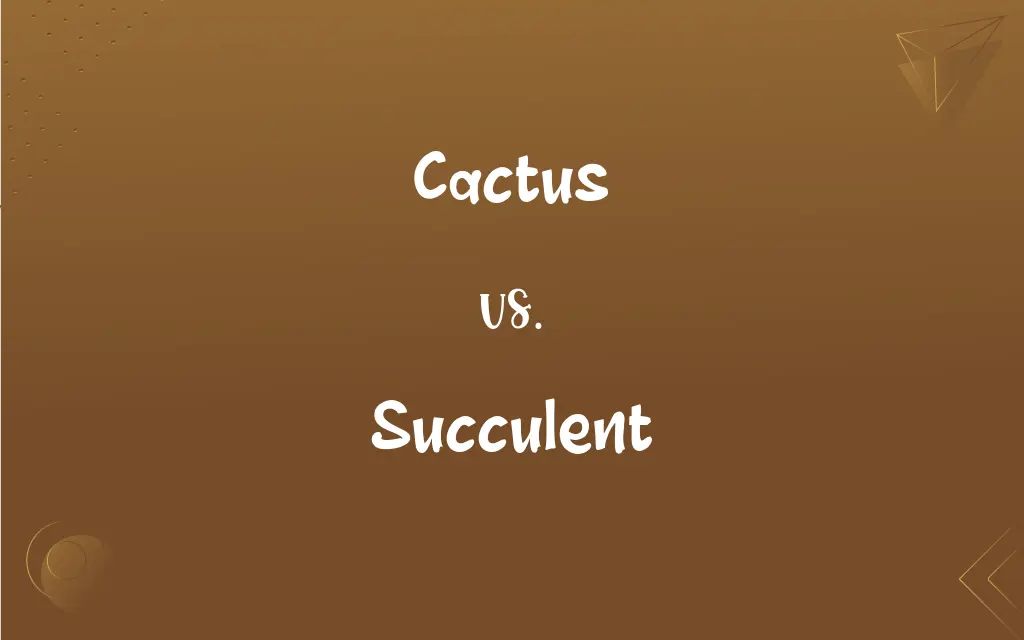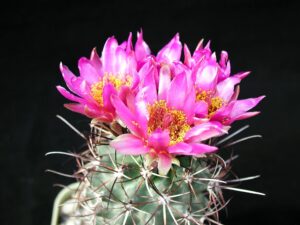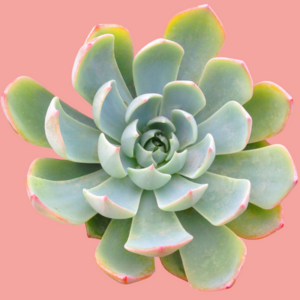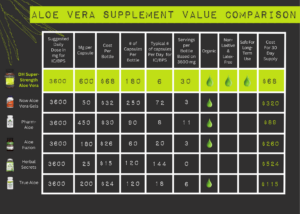Cacti and succulents are two of the most popular choices for indoor and outdoor gardening. Their striking appearances and low maintenance needs make them favorites among both novice and seasoned plant enthusiasts. However, while these two plant groups share some similarities, they also require distinct care practices. Understanding the nuances of cactus versus succulent care is essential for fostering a healthy and thriving plant collection.
Before diving into care specifics, it is crucial to delineate the fundamental differences between cacti and succulents. Notably, all cacti are succulents, but not all succulents are cacti. The primary distinction lies in the presence of areoles—small bumps on the surface of the cactus from which spines, branches, and flowers emerge. Meanwhile, succulents can belong to various families of plants that store water in their leaves, stems, or roots, enabling them to survive in arid environments.
When it comes to nurturing these captivating plants, there are critical considerations to keep in mind based on their unique needs and characteristics.
Soil Composition and Drainage
The foundation of any plant’s health begins with the right soil. For cacti, an optimal potting mixture features a blend specifically formulated for desert plants. This soil must be well-draining to ensure that moisture does not linger, as cacti are particularly susceptible to root rot. A recommended composition includes one part potting soil, one part sand, and one part perlite or gravel. This mixture allows for superior aeration while facilitating rapid drainage, mimicking the conditions in which cacti thrive.
In contrast, succulents also benefit from well-draining soil but may tolerate a slightly more moisture-retentive substrate depending on the specific species. A general succulent mix—often available in garden centers—can be enriched with additional perlite or pumice for improved drainage. In the quest to choose the best potting mixture, understanding the specific needs of the succulent species in your collection is paramount. Varieties like Echeveria and Sempervivum may enjoy different soil conditions than Aloe or Jade plants, which can handle a touch more humidity.
Watering Techniques: An Art and a Science
Watering poses one of the most significant challenges for cactus and succulent owners. Overwatering is the most common pitfall, leading to a plethora of problems that can result in plant demise. Cacti, which have adapted to dry environments, require infrequent watering. Generally, during the growing season (spring and summer), cacti should be watered every two to three weeks. However, the frequency may need to be adjusted based on temperature, humidity, and the size of the pot. Always allow the soil to completely dry out before rewatering, as this helps ensure the longevity of the plant.
Succulents, on the other hand, may need a more individualized watering approach. While they too prefer dry conditions, some species may require slightly more moisture relative to cacti. The “soak and dry” method is commonly advocated: give the plant a thorough watering until it drains from the bottom and allow the soil to dry completely before the next irrigation. Observing signs such as wrinkling leaves can provide additional guidance regarding the timing of watering.
Light Requirements: Finding the Perfect Spot
Light is another factor that shapes the health of cacti and succulents. Most cacti require bright, direct sunlight—generally around six hours daily—to stimulate robust growth and vibrant blooms. A south-facing window is often the ideal spot for these plants, though they can also adapt to slightly shadier areas, particularly in exceedingly hot climates. Conversely, some cacti may suffer from sunburn if exposed to intense sunlight for extended periods.
Succulents display a more diverse range of light preferences. Many thrive in bright, indirect sunlight, as direct sunlight can lead to leaf scorch in sensitive varieties. For instance, while paler succulents may tolerate direct sunlight, those with deeper pigments often need filtered light to prevent distress. Rotating pots periodically can ensure that all sides receive adequate light, promoting even growth.
Temperature and Humidity: Striking a Balance
Temperature considerations also vary between cacti and succulents. Cacti, being native to the arid regions of the Americas, generally prefer warmer environments with minimal fluctuations in temperature. Most cacti thrive best in temperatures between 70°F and 100°F during the growing season, while a brief period of cooler conditions may stimulate dormancy in winter.
Succulents also flourish in mild temperatures, though they are often slightly more forgiving when it comes to humidity levels. Generally, indoor humidity should remain below 50% to prevent rot and fungal growth. Many succulent varieties, especially those hailing from regions with higher humidity, can adapt to a broader range of conditions. Nonetheless, keeping an eye on humidity levels can help safeguard plant integrity.
In conclusion, while cacti and succulents share many attributes, understanding the specific care requirements of each type is crucial for successful cultivation. From soil composition to watering, light, and temperature, each factor plays an integral role in plant health. By paying close attention to these parameters and observing the unique needs of your plants, you can create a thriving environment that will showcase their diverse beauty for years to come. Whether you choose the spiny allure of cacti or the myriad shapes and forms of succulents, proper care will ensure your botanical collection flourishes.





Leave a Comment